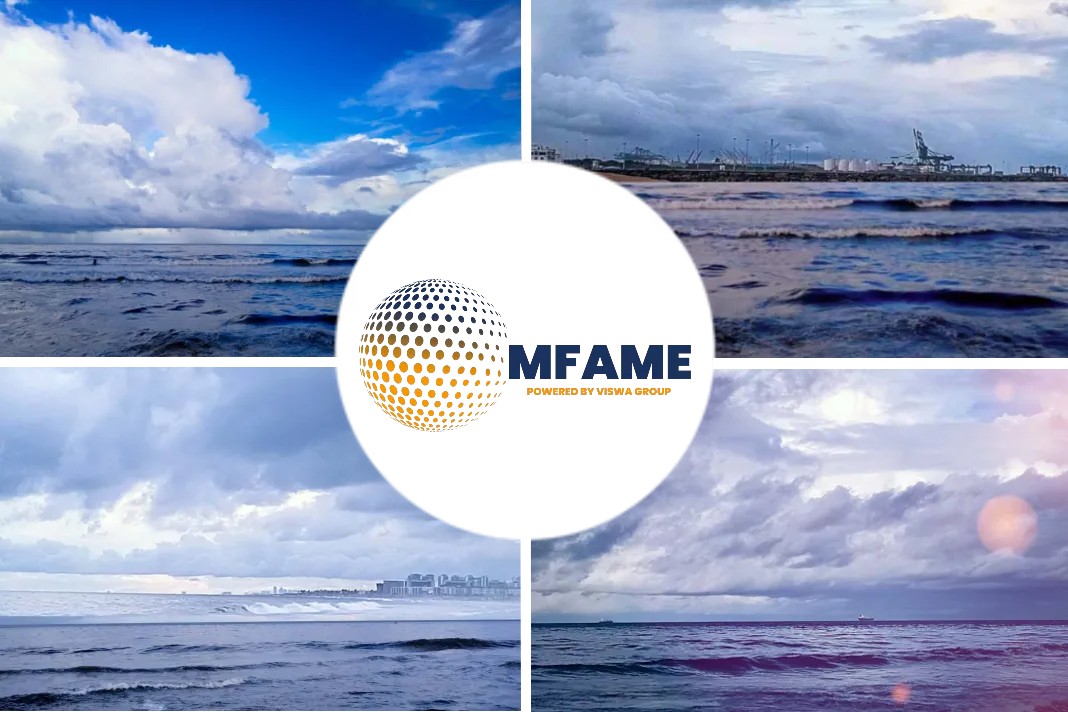While many worry about the possible contamination of fish due to X-Press Pearl ship accident, according to researchers, some fish species already have chemicals such as mercury, lead, cadmium and arsenic, along with microplastics, in their bodies due to oceanic pollution in general, says an article published in Mongabay.
Salt out of stock
Sunitha Rathnayake, a homemaker in southern Sri Lanka, was down to the last of her salt and planned to order some more from an online grocery service at the end of June. But she soon found out that salt was out of stock at the main supermarkets, with shoppers panic-buying the condiment; they were apparently fearful that future supplies of salt would be contaminated by pollutants from the sunken X-Press Pearl container ship.
Maritime disaster threat to seafood
Sunitha had to cook without salt for several days until the suppliers had restocked, but now she says she’s fearful about buying fish in light of the maritime disaster in May. Like many Buddhist households in Sri Lanka, the Rathnayake family doesn’t eat meat, so fish is the only animal protein available at home.
Fears about seafood being contaminated by the plastics and toxic chemicals that were on board the Singapore-flagged X-Press Pearl when it caught fire and sank off Colombo have affected a wide swath of Sri Lankan society. “As my regular buyers stop consuming fish, I had to pedal extra kilometers trying to sell the daily quota of fish I bring to sell,” says Asoka Sumathi, a fishmonger who goes door to door by bicycle. He says he often had to return with unsold fish during the weeks soon after the ship’s sinking, and his business hasn’t fully recovered yet.
Fish vendors at Sri Lanka’s main fish market in Peliyagoda, northern Colombo, say prices have dropped due to decreased demand. In an attempt to prove that the fish is safe to eat, some vendors ate raw fish in front of the media.
Possible contamination
At the same time, there’s been neither confirmation nor reassurance from the government on the issue. Susantha Kahawaththa, director-general of the Department of Fisheries and Aquatic Resources (DFAR), says that no mass fish deaths have occurred due to the accident. However, following the sinking, DFAR and the National Aquatic Resources Agency (NARA) are still collecting dead fish samples to test for possible contamination linked to the incident, and have so far not found anything to establish the link.
“There can be short- to long-term impacts to fish due to the pollution caused by the sunken ship,” says Ruchira Cumarathunga, emeritus professor of fisheries at the University of Ruhuna. He says the sinking coincided with the spawning period for fish species. “As the ship was carrying a large number of chemicals, we do not clearly know how they would react and the chemicals can pass through small to larger fish through the food chain, and this requires vigilance and monitoring of fish for several seasons,” Cumarathunga tells Mongabay.
Aware of oceanic pollution is must
Experts say some fish species may be more vulnerable to the pollution than others. Large quantities of plastic beads, or nurdles, fell off the X-Press Pearl and into the sea after it caught fire. Another threat comes from the sinking of the vessel, whose carcass may affect bottom-feeding and grazing fish such as some coral fish species, Cumarathunga says.
While many worry about the possible contamination of fish due to the ship accident, researchers say some fish species already have chemicals such as mercury, lead, cadmium and arsenic, along with microplastics, in their bodies due to oceanic pollution in general.
Did you subscribe to our daily newsletter?
It’s Free! Click here to Subscribe!
Source: Mongabay

























